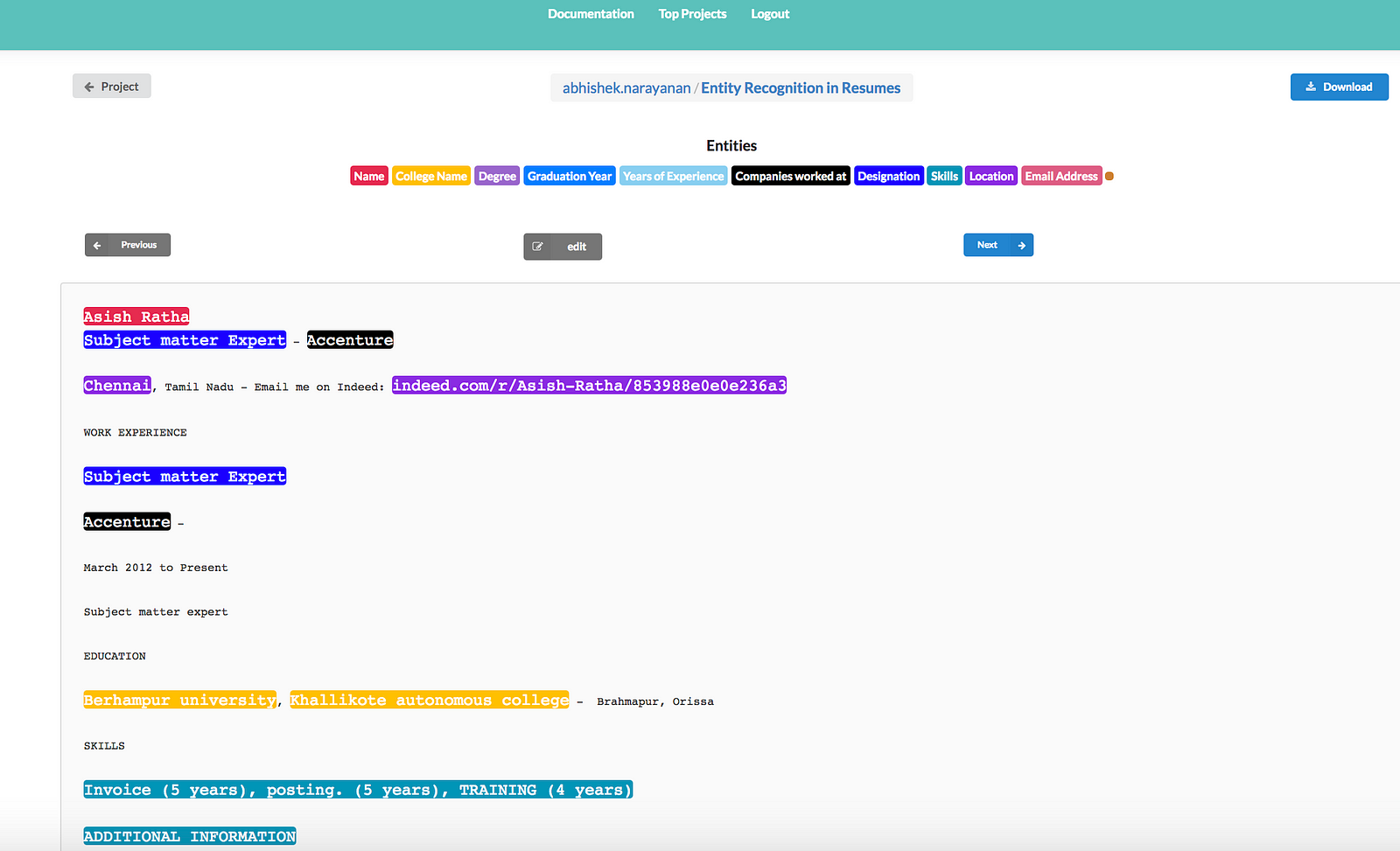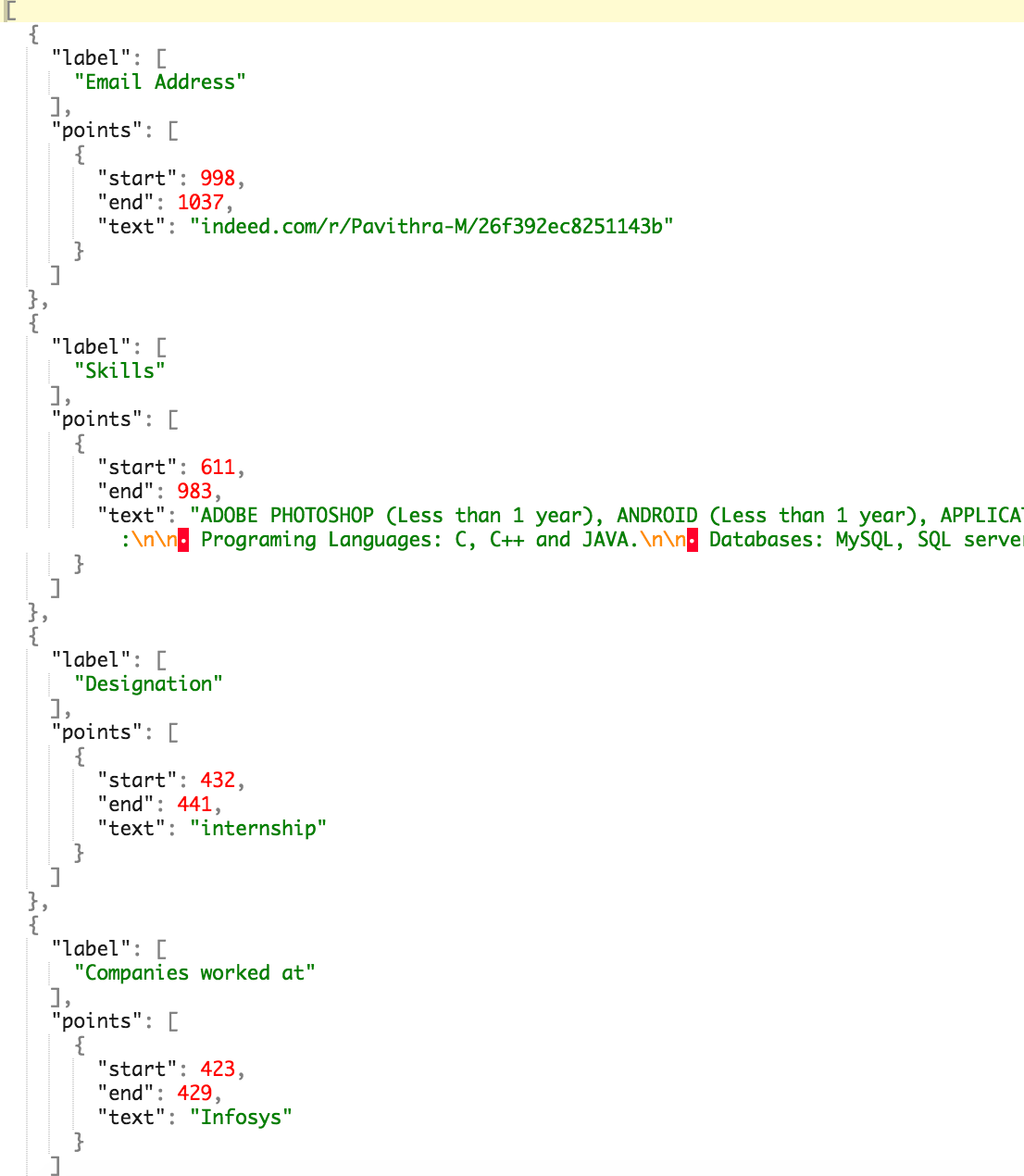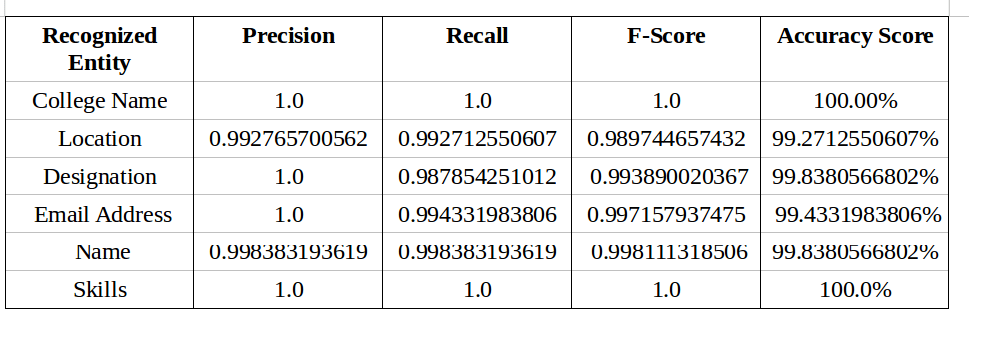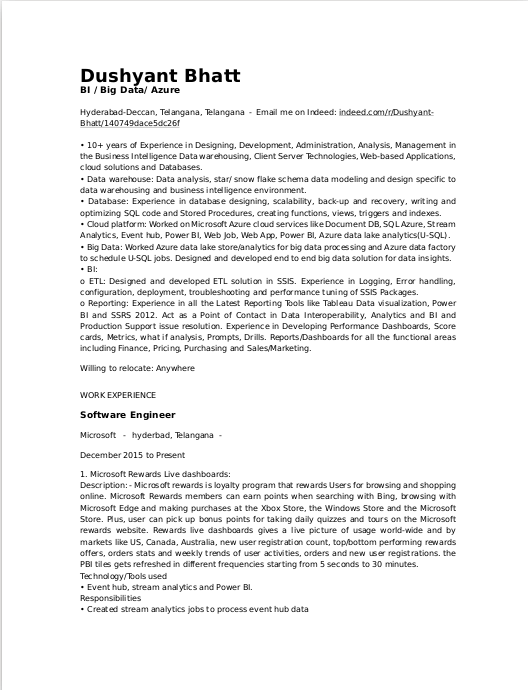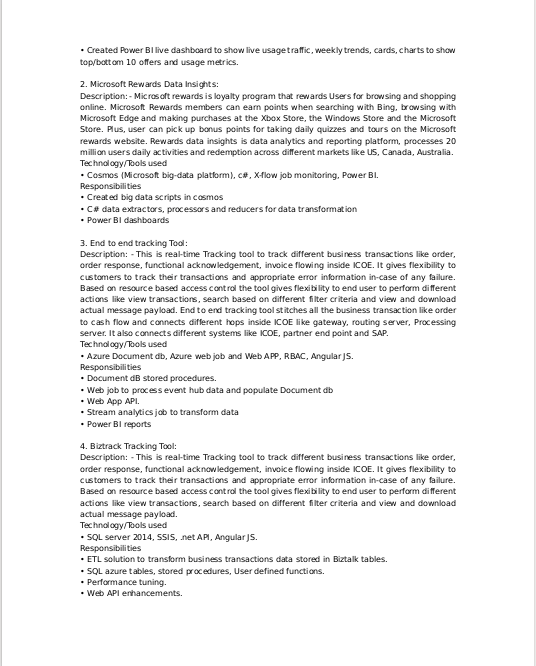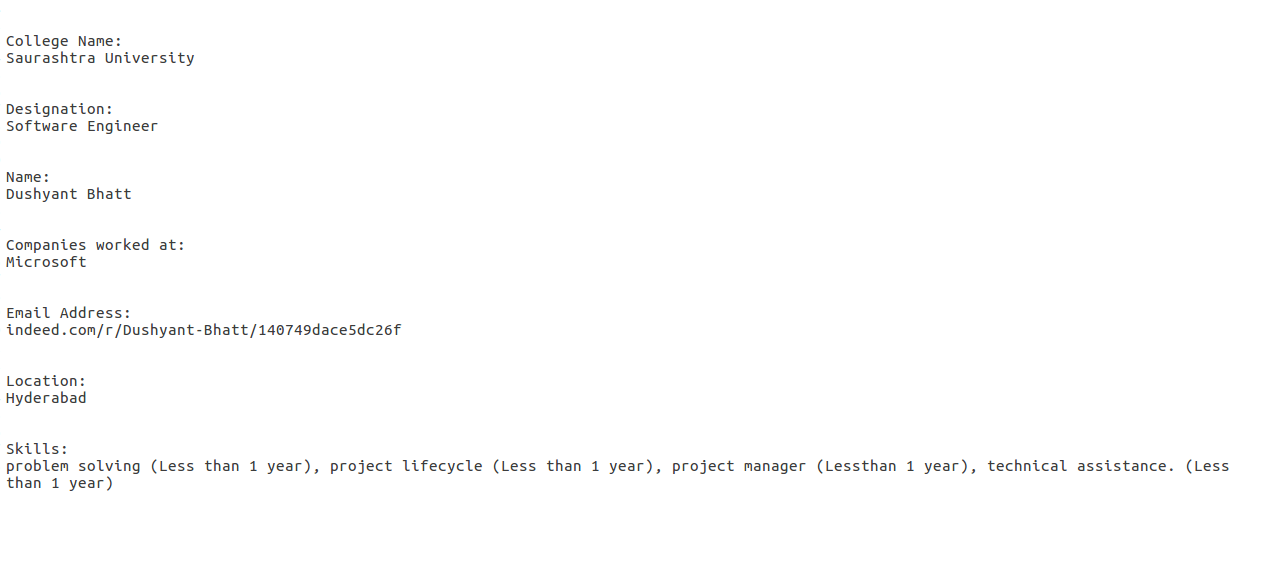Evaluate resumes at a glance through Named Entity Recognition
*Shameless plugin: We are a data annotation platform to make it super easy for you to build ML datasets. Just upload data, invite your team and build datasets super quick. *Check us out!
This blog speaks about a field in Natural language Processing and Information Retrieval called Named Entity Recognition and how we can apply it for automatically generating summaries of resumes by extracting only chief entities like name, education background, skills, etc..
It is often observed that resumes may be populated with excess information, often irrelevant to what the evaluator is looking for in it. Therefore, the process of evaluation of resumes in bulk often becomes tedious and hectic. Through our NER model, we could facilitate evaluation of resumes at a quick glance, thereby simplifying the effort required in shortlisting candidates among a pile of resumes.
Named-entity recognition (NER) (also known as entity identification, entity chunking and entity extraction) is a sub-task of information extraction that seeks to locate and classify named entities in text into pre-defined categories such as the names of persons, organizations, locations, expressions of times, quantities, monetary values, percentages, etc.
NER systems have been created that use linguistic grammar-based techniques as well as statistical models such as machine learning. Hand-crafted grammar-based systems typically obtain better precision, but at the cost of lower recall and months of work by experienced computational linguists . Statistical NER systems typically require a large amount of manually annotated training data. Semisupervised approaches have been suggested to avoid part of the annotation effort
The first task at hand of course is to create manually annotated training data to train the model. For this purpose, 220 resumes were downloaded from an online jobs platform. These documents were uploaded to our online annotation tool and manually annotated.
The tool automatically parses the documents and allows for us to create annotations of important entities we are interested in and generates json formatted training data with each line containing the text corpus along with the annotations.
A snapshot of the dataset can be seen below :
A sample of the generated json formatted data is as follows :
The above dataset consisting of 220 annotated resumes can be found [here](https://dataturks.com/projects/abhishek.narayanan/Entity Recognition in Resumes). We train the model with 200 resume data and test it on 20 resume data.
We use python’s spaCy module for training the NER model. spaCy’s models are statistical and every “decision” they make — for example, which part-of-speech tag to assign, or whether a word is a named entity — is a prediction. This prediction is based on the examples the model has seen during training.
The model is then shown the unlabelled text and will make a prediction. Because we know the correct answer, we can give the model feedback on its prediction in the form of an error gradient of the loss function that calculates the difference between the training example and the expected output. The greater the difference, the more significant the gradient and the updates to our model.
When training a model, we don’t just want it to memorise our examples — we want
it to come up with theory that can be generalised across other examples.
After all, we don’t just want the model to learn that this one instance of
“Amazon” right here is a company — we want it to learn that “Amazon”, in
contexts like this, is most likely a company. In order to tune the accuracy,
we process our training examples in batches, and experiment with minibatch
sizes and dropout rates.
Of course, it’s not enough to only show a model a single example once. Especially if you only have few examples, you’ll want to train for a number of iterations. At each iteration, the training data is shuffled to ensure the model doesn’t make any generalisations based on the order of examples.
Another technique to improve the learning results is to set a dropout rate,
a rate at which to randomly “drop” individual features and representations. This
makes it harder for the model to memorise the training data. For example, a
0.25dropout means that each feature or internal representation has a 1/4
likelihood of being dropped. We train the model for 10 epochs and keep the
dropout rate as 0.2.
The model is tested on 20 resumes and the predicted summarized resumes are stored as separate .txt files for each resume.
For each resume on which the model is tested, we calculate the accuracy score, precision, recall and f-score for each entity that the model recognizes. The values of these metrics for each entity are summed up and averaged to generate an overall score to evaluate the model on the test data consisting of 20 resumes. The entity wise evaluation results can be observed below . It is observed that the results obtained have been predicted with a commendable accuracy.
A sample summary of an unseen resume of an employee from indeed.com obtained by prediction by our model is shown below :

If you have any queries or suggestions, I would love to hear about it. Please write to me at contact@dataturks.com.
*Shameless plugin: We are a data annotation platform to make it super easy for you to build ML datasets. Just upload data, invite your team and build datasets super quick. *Check us out!
Data Annotation Platform. Image Bounding, Document Annotation, NLP and Text Annotations. #HumanInTheLoop #AI, #TrainingData for #MachineLearning.


